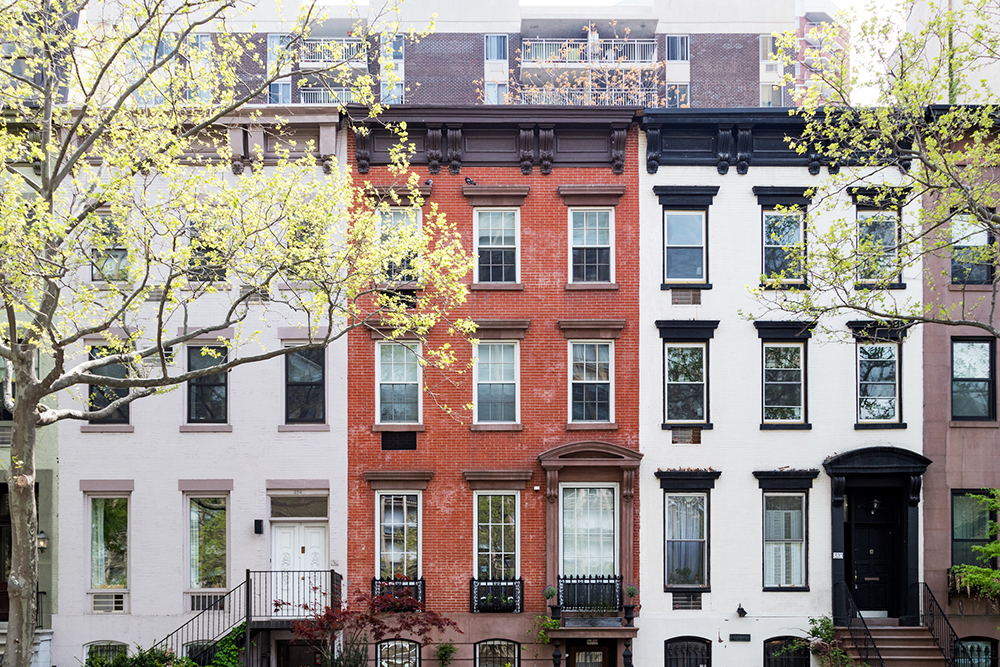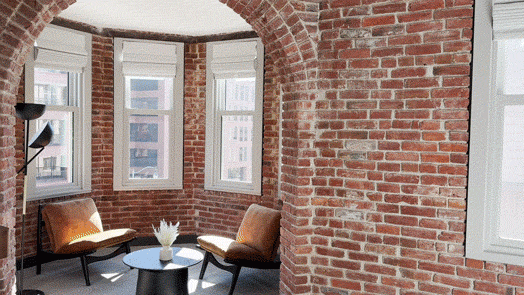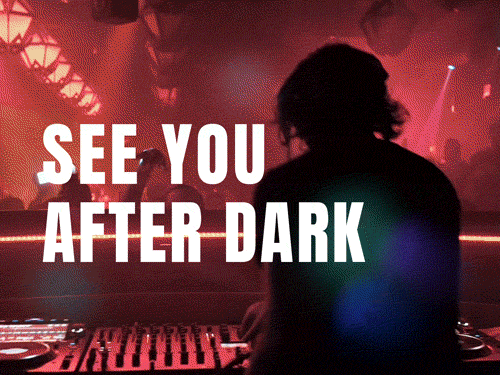Are You Ready for Archtober?
New York City is one of the best in the world for getting out and seeing the sights. And among the sights to see are the myriad buildings in which people live and work that are treasured for their architectural distinction. Some are traditional, old world designs that have achieved national landmark status, while others are modern creations that are striking to the eye and no less important in the ongoing architectural evolution on New York.
Archtober (archtober.org) is New York City’s Architecture and Design Month, an annual month-long celebration of New York’s architectural diversity. Two neighborhoods in particular – SoHo and NoMad – contain some of the most distinctive buildings in the city. And they’re just waiting to be explored!
SoHo (South of Houston) & Nearby
As its name implies, SoHo is bordered on the north by Houston Street and on the south by Canal Street. West Broadway forms the western border and Crosby Street the east. Architecturally, SoHo is best known for its incredible cast-iron buildings, primarily factories and warehouses that were built between the 1870s and 1890s. Specific highlights include:
“The Queen” of Greene Street
Numbers 28-30, built in 1872, make up a six-story warehouse with a large mansard roof and ornate dormers.
The Haughwout Building
At the northeast corner of Broadway and Broome Streets, it’s the oldest complete cast-iron façade in the city (1857). Ringed with 92 sets of arched windows and Corinthian columns, this historic building held the nation’s first passenger elevator.
“The King” of Greene Street
At #72, this grandiose structure was built the same year as “The Queen,” and designed by the same architect, Isaac Duckworth.
80 Wooster Street
In 1967, this former warehouse became the site of the first artist co-op, leading to the transformation of the neighborhood. During its heyday, artists like John Lennon, Philip Glass, and Andy Warhol all presented their works here.
The Little Singer Building
This L-shaped building, with façades on Broadway and Prince Streets, is an early skyscraper (1903). Its terra cotta sculptural details and wrought-iron tracery make it notable.
The Cable Building
At Broadway and Houston Streets, this ornate corner building was the terminus for cables that ran under Broadway, pulling the streetcars up and down the boulevard. The blue-and-white building directly across Broadway is the city’s second-oldest cast-iron façade (1858).
NoMad (North of Madison Square Park) & Nearby
Similar to its SoHo neighbor, NoMad is bordered east to west by Lexington Avenue and 6th Avenue and north to south by 33rd and 23rd Street. In the mid to late 1800s, NoMad was filled with private brownstones and mansions with yards – some of which still exist. As the area grew more modernized in the 1900s, it became defined by a variety of architectural styles, including Second Empire, French Renaissance Revival, Modern mid-rises, and more. Buildings not to be missed include:
277 Fifth Avenue (at 29th Street)
One of the tower’s distinguishing architectural elements is a quartet of double-height, open-air loggias that appear to be carved out of the building’s corners and spiral downward around the building from the upper floors.
Morris Adjmi Tower (30 East 31st Street)
The tower features six fluted terra cotta piers that soar from the ground to a crescendo of gothic-like arches. The ground floor façade is a beautifully clean reference to classically inspired deco architecture.
The Whitman (21 East 26th Street)
One of the newest ultra-luxury buildings in the neighborhood, The Whitman complements its surroundings through the extensive use of brick and limestone.
The NOMA (50 West 30th Street)
This building pays homage to the neighborhood with its striking hand-laid brick façade and industrial neo-Bauhaus-inspired design.
The Flatiron Building (175 5th Avenue)
Just a block away, this iconic, triangular building is constructed around a skeleton of steel and fronted with limestone and terra cotta, and designed in the Beaux-Arts style, featuring French and Italian Renaissance influences.
And there are many, many more – from some of each neighborhood’s earliest buildings to the latest modern hi-rises – that warrant each a day of exploring. For more information on tours, exhibits, and educational programs, please visit the Center for Architecture (https://www.centerforarchitecture.org). And be sure to check out all of the exhibits and events happening throughout Archtober (https://archtober.org).




